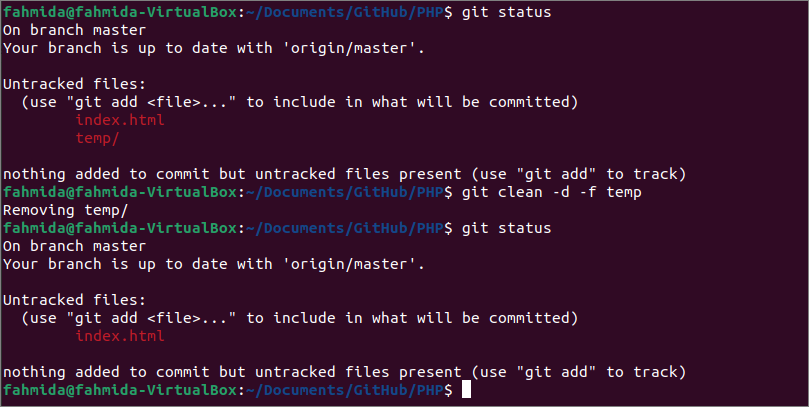

gitignore search patterns to the files in your project to determine which files to ignore. gitignore syntax is flexible and supports the use of wildcards to specify individual or multiple files by name, extension, and path. gitignore file specifies a file search pattern relative to the. Tracked files are files that were committed and exist in the last Git snapshot.Įach line in a. gitignore file only apply to untracked files, and won't prevent Git from reporting changes to tracked files. You can tell Git not to track certain files in your project by adding and configuring a.

If you enabled email address privacy, then is the default commit author email address. For more information, see " Setting your commit email address."īelow the commit message fields, decide whether to add your commit to the current branch or to a new branch. If your current branch is the default branch, you should choose to create a new branch for your commit and then create a pull request. Gitignore to Handle Untracked Files in Git How Do I Delete Untracked Files in Git?.For more information, see " Creating a new pull request.
#GIT STATUS REMOVE UNTRACKED FILES SOFTWARE#
Git is a version control system used for tracking code changes in software development projects. However, not all files are officially tracked by Git. Oftentimes when running the git status command, Git will report untracked files as follows: > git status An untracked file is a file that exists in Git's working directory that hasn't been added to the staging area or committed yet. Your branch is up to date with 'origin/master'.

We tell Git to track files using the git add and git commit commands. This tells Git to record the current content (or changed content) of these files in the repository, and to take notice when we make future modifications to these files in the working directory. In fact, every file in a Git repository begins its life as an untracked file. Most untracked files will be staged and committed. Others will simply be ignored by including them in the. However, some files and directories will remain untracked, and in certain instances it can be useful to delete these untracked files from your Git repo. In this article, we'll discuss different types of untracked files, whether you should remove them, and some different methods for dealing with them including.
#GIT STATUS REMOVE UNTRACKED FILES MANUAL#
Gitignore, manual deletion, and git clean. Here are some examples of types of untracked files in Git: #GIT DELETE NEW FILES MANUAL#


 0 kommentar(er)
0 kommentar(er)
